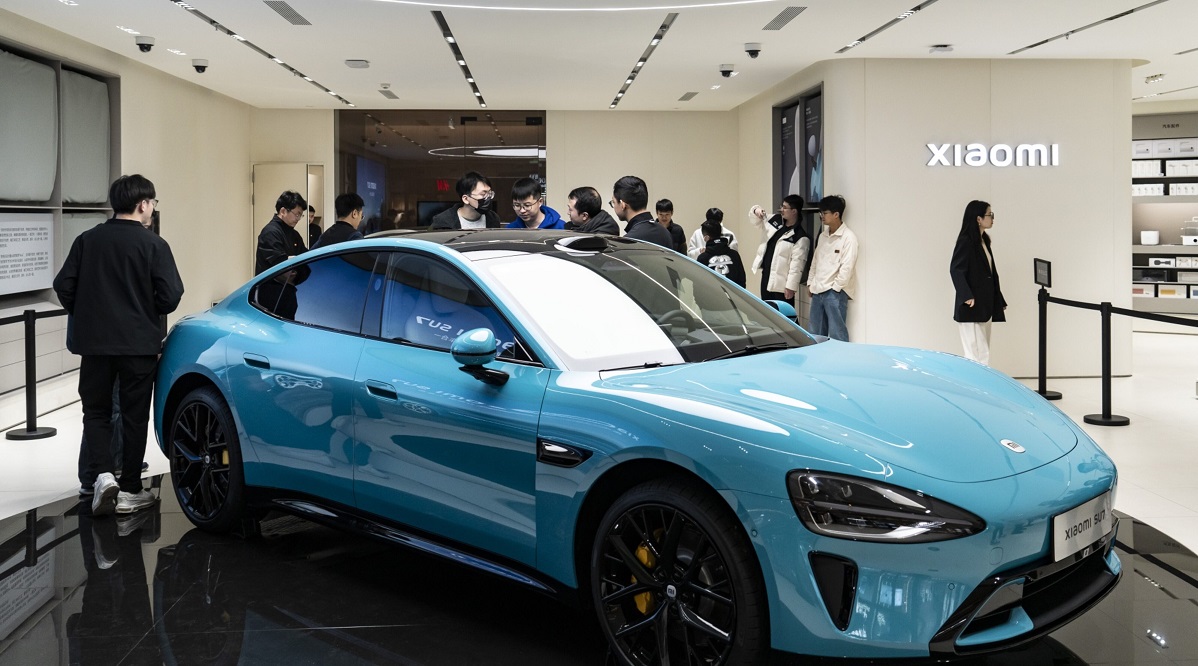
Xiaomi Corp, the Chinese electronics and electric vehicle maker, has raised its 2024 delivery goal to 130,000 units for its first EV, the SU7 sedan. This marks the third upward revision of its target this year, reflecting booming demand and a 30.5% jump in third-quarter revenue. Initially aiming for 76,000 deliveries at the car’s launch in March, Xiaomi had already increased the goal to 120,000 before this latest adjustment.
The SU7, inspired by Porsche’s sleek design and priced below $30,000, debuted in China’s crowded EV market with a price tag $4,000 cheaper than Tesla’s Model 3. Its affordability and styling have driven significant consumer interest, aligning with the broader surge in EV and plug-in hybrid sales in the country. By October, these vehicles accounted for more than half of China’s auto sales, with battery-powered models outselling gasoline cars for the fourth consecutive month.
Production and Expansion Efforts
Xiaomi has ramped up production to meet demand, doubling shifts since June and introducing a premium SU7 Ultra model priced above $110,000. With its factory now capable of producing 20,000 cars per month, Xiaomi’s President Lu Weibing noted further capacity increases are planned. Lu also highlighted the company’s continued investments in R&D, including autonomous driving technology and new vehicle models.
Despite these advancements, Xiaomi’s auto business remains in the red, reporting a 1.5 billion yuan adjusted loss for Q3. However, with EVs projected to contribute 20% of Xiaomi’s revenue by 2025, compared to 8% this year, the company remains committed to its automotive ambitions.
Broader Financial and Strategic Growth
Xiaomi posted a quarterly revenue of 92.5 billion yuan ($12.77 billion), surpassing analysts’ expectations, alongside a 4.4% increase in adjusted net profit to 6.25 billion yuan. The company maintained its position as the world’s third-largest smartphone maker, shipping 42.8 million units during the period.
In addition to its automotive push, Xiaomi plans to expand its offline retail footprint in mainland China, aiming to grow from 13,000 stores to 20,000 by next year. These efforts underscore Xiaomi’s strategy to diversify its revenue streams and capture a larger market share across industries.
Featured image courtesy of The Edge Singapore
Follow us for more updates on Xiaomi’s EV.
